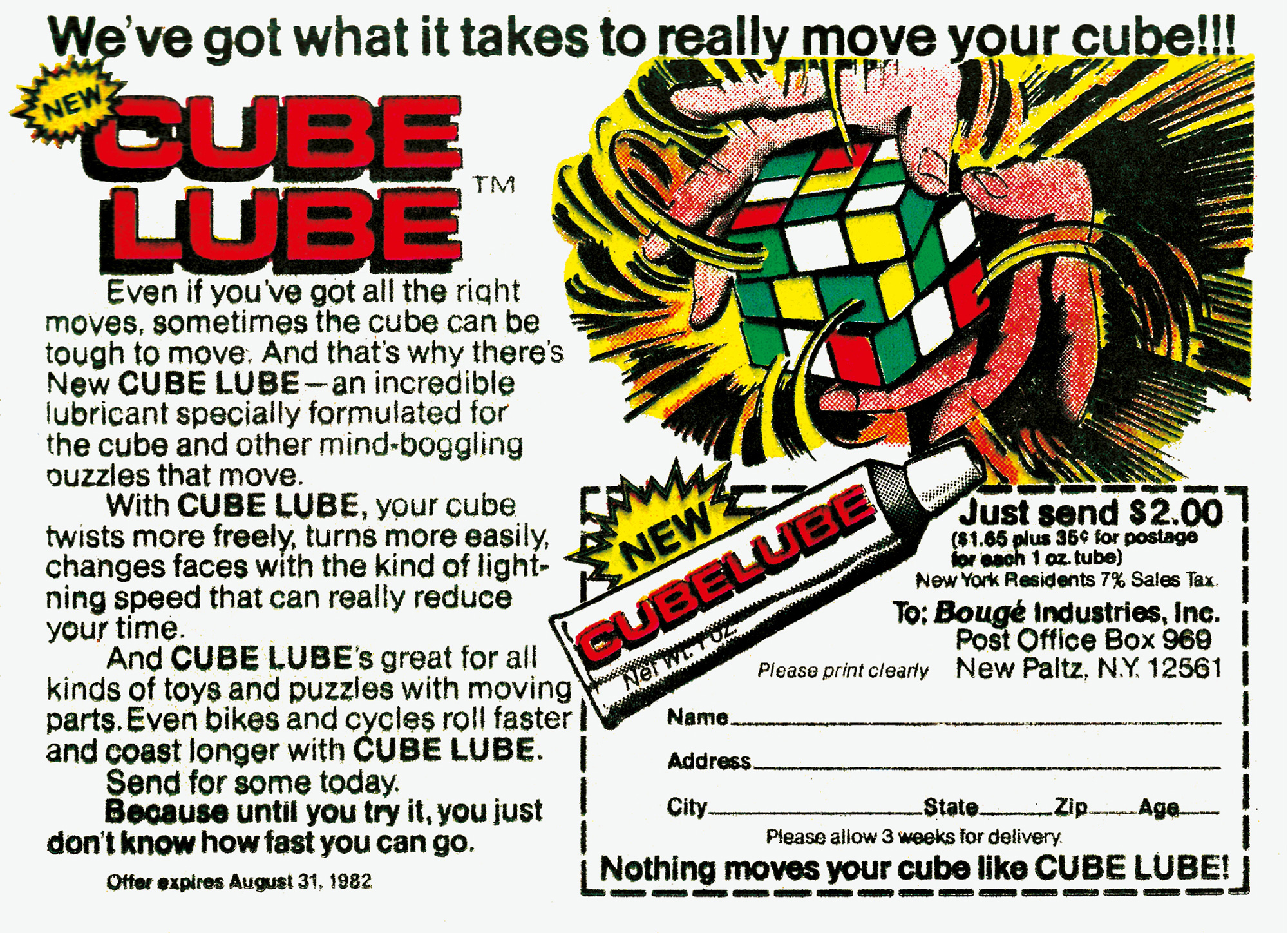God’s Number
Solving the mathematical puzzle of the Rubik’s Cube
Margaret Wertheim

At the Czech Open speedcubing competition in 2008, Erik Akkersdijk, a nineteen-year-old student of environmental management from the Netherlands, set a world record by solving the Rubik’s Cube in 7.08 seconds. Speedcubers now routinely do the puzzle in under ten seconds, the intellectual equivalent of a four-minute mile. Combining mental and manual dexterity, speedcubing is an extreme sport with a tournament circuit that now includes a French Open, a Japanese Open, a US Nationals, a UK Masters, and a growing slate of events in China. Thirty years after it was launched, the Rubik’s Cube remains an enduring symbol of cleverness. Earlier this year at the height of the financial crisis, a business magazine featured the cube on its cover with the caption “Smart Moves for Your Money”; the New York Times’ online “Bits” column now uses a version for its logo; and architects, fashion designers, furniture makers, and video artists have all found inspiration in this plastic plaything. If, as Jean-Jacques Rousseau wrote, “our first teachers are our hands and our eyes,” then the Rubik’s Cube encapsulates serious pedagogical power.
Perhaps no group has been more beguiled by Dr. Rubik’s toy than mathematicians, who have been working for thirty years to understand the intricate set of relationships concealed by its kindergarten aesthetic. In July of this year, a team of mathematicians and computer programmers finally resolved the ultimate Rubik challenge when they discovered the fewest number of moves that ensures that we can solve the puzzle, no matter what configuration the cube is in at the start. Known as “God’s Number,” this is the number of moves it is assumed an omniscient being would use were He/She/It asked to solve the cube from its most difficult positions—in a certain sense, it represents the speedcubing skill of the divine. As a theoretical limit, God’s Number won’t be much use to human speedcubers, whose main goal is to beat a clock and for whom rapid hand-eye coordination is crucial, yet like many mathematical limits, this one reveals important information about the space of relationships that surround it. An understanding of this limit also tests our ideas about what it means to “solve” a puzzle at all.
Geometrically, the Rubik’s Cube consists of twenty-six interlinking “cubelets” held together by a central mechanism. Dr. Erno Rubik, a Hungarian architect and designer on the faculty of the Academy of Arts and Crafts in Budapest, invented it in 1974 as a tool to teach students in his “Form Studies” class about three-dimensional space. As a geometrical object, the cube is an embodiment of a branch of mathematics known as group theory, which also underlies the structure of crystals. One can in fact “solve” the cube on paper using group theory to work out the sequence of moves required to bring it to the canonical solution state, in which every face has a single color. Most speedcubers don’t know group theory, but the algorithms they learn for rapidly transposing two edge blocks or two corner blocks can be described by this powerful branch of algebra.